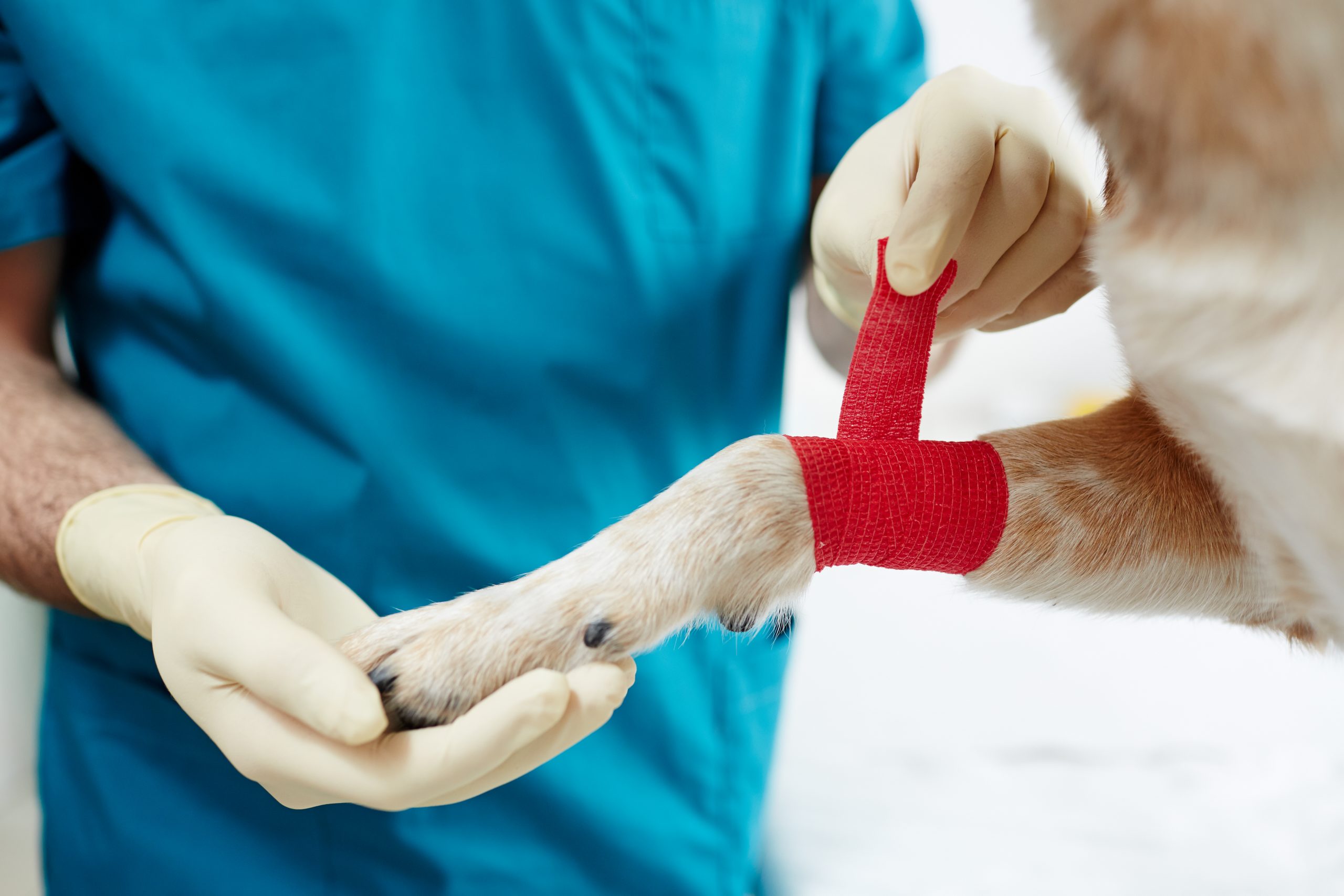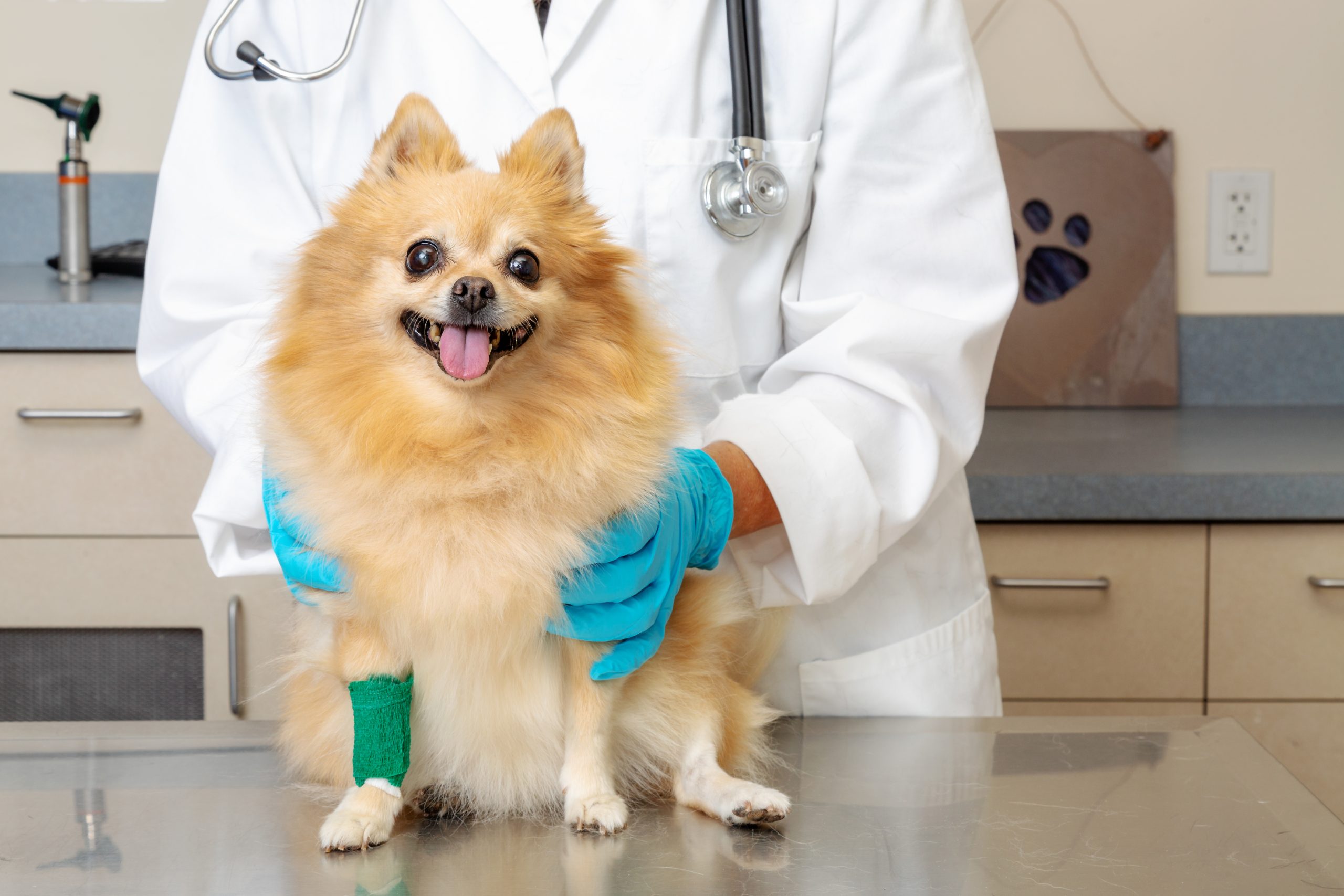First Aid for Your Pets

Pet first aid is a common term used to describe the emergency treatment of domestic animals before they can be taken to the veterinarian for professional medical care. A pet first aid kit is essential to keep in your home. It will help to stop heavy bleeding and dress bites.
First aid can be a life saver for injured pets. If your pet is bitten by a wild animal, it may be necessary to remove the sting with tweezers. Alternatively, you can use a gauze swab to blot the area. This will also prevent further debris from getting into the wound.
If your pet is having trouble breathing, it may need cardiopulmonary resuscitation (CPR). You will need to give the animal compressions and breaths. The compressions will help to reduce the blood flow and help restore the oxygen to the organs.
Before performing CPR, it is important to examine the dog and see if it has any broken ribs. Broken ribs can be a hazard and can even penetrate into the lungs. During resuscitation, the chest wall should be compressed 30 to 50 percent. Smaller pets will need less force. Larger dogs may need more force.
Ensure that the pet is warm. A rolled up magazine or blanket can be placed under the dog to keep it warm. Wrapping the dog in towels can also help to keep it warm.
In addition to this, it is important to keep the pet calm. Your pet is likely to be convulsing from the shock and this can be dangerous. To keep the animal calm, you can use a gentle touch. Take turns with another person. Make sure that your hands and mouth are clean before you begin.
After the resuscitation, the pet must be transported to the vet. The veterinarian can then check the pet’s heartbeat. Depending on the injury, he or she may want to apply antibiotics to the body or prescribe medications.
If your pet has no heartbeat, you will need to perform artificial respiration. Breathe into the nose of the pet and make sure that the airway is clear. Give the pet about 15 to 30 breaths per minute. Repeat until the pet comes to consciousness.
When your pet has an impaled object, it is best to avoid moving the item. Instead, you will need to apply direct pressure to the wound to stop the bleeding. Once the wound has stopped, you can then apply a bandage to control the bleeding.
If your pet is choking, it is important to immediately remove the choking object. While removing the object, you can also check for foreign objects that are blocking the airway. Depending on the size of the pet, you may need to compress the chest. Depending on the severity of the injury, you can cover the wound with a bandage.
Pet emergencies can happen at any time, so it is important to be prepared. Having a pet first aid kit in your car will ensure that you will have all the tools needed to treat an accident.
